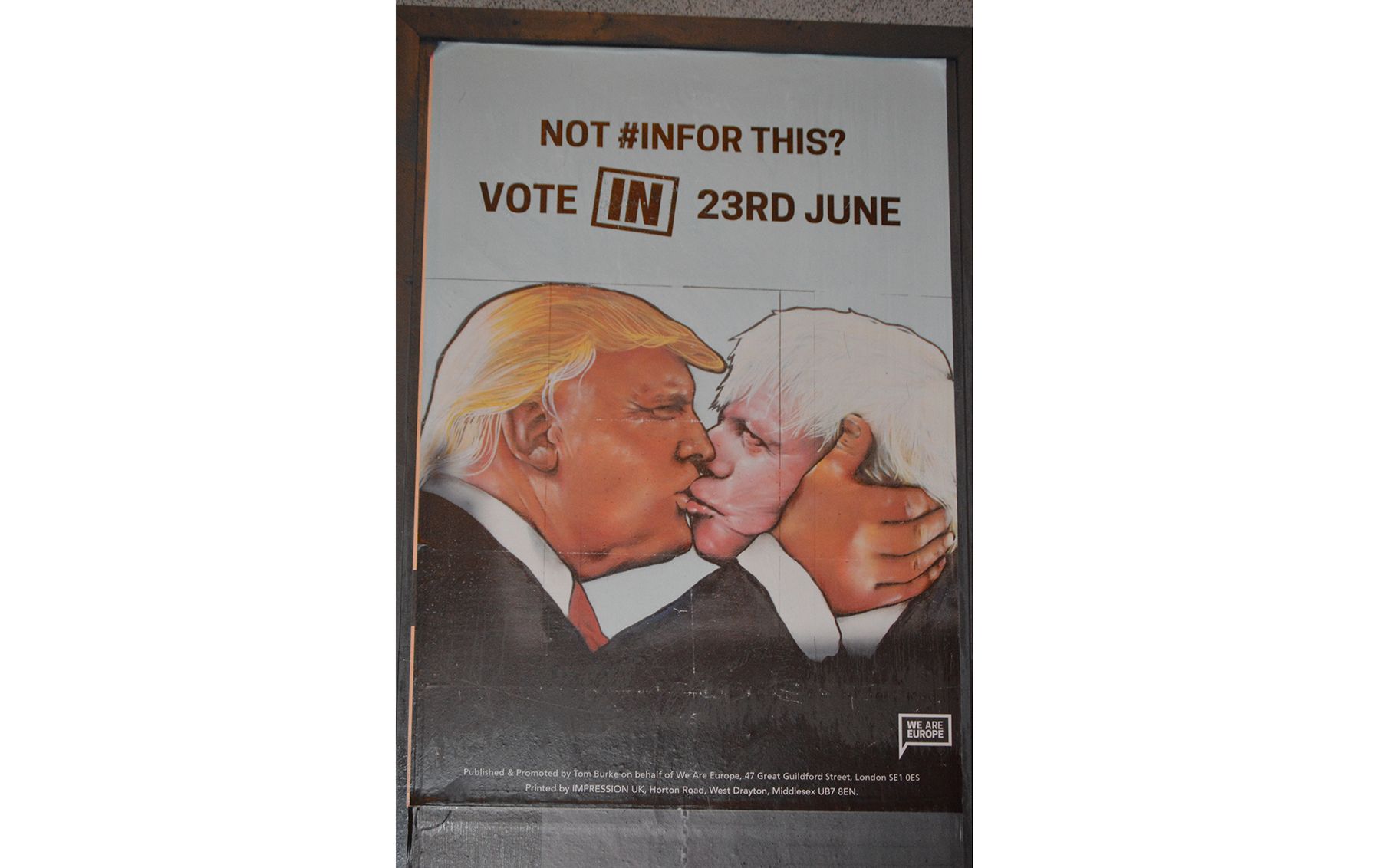In the U.K. referendum on whether Britain should stay in the European Union (EU) or exit (referred to as “Brexit”), a significant number of voters may have been fueled by their hate and intolerance of immigrants. To many the ability to keep immigrants from entering the country made Brexit appealing.
Nadia Bennet, a Muslim woman who wears the hijab, remembers experienced anti-immigrant sentiments on June 22, 2016, the day the British cast their votes. As she rode the bus in the city of Manchester, she was told by another passenger "to get off the bus and go home.”
Proponents of Brexit claimed that it would reduce the large numbers of immigrants, including Muslims, Syrians, and Polish people—and that leaving the EU would allow the U.K. to allocate money to the National Health Service, NHS. The increasingly influential right-wing Eurosceptic political party, the U.K. Independence Party, better known as UKIP, supported the idea of Brexit. They created an anti-immigrant poster showing a trail of people who are supposed to be immigrants. The poster reads in large red letters, “BREAKING POINT” and under that “The EU has failed us all.” At the very bottom of the poster are the words: “We must break free of the EU and take back control of our borders.”
Two days after the votes were cast, the results came in: The vote was tight with the margin only 2 percent. The U.K. would leave the EU. The value of the pound dropped and stock markets went into in panic mode. Prime Minister David Cameron decided to resign shortly afterwards.
Several attacks against minorities occurred in the U.K. after the vote, from physical violence to “go home” graffiti and cards reading “Leave the EU - No more Polish vermin.”
However, despite the Islamophobic or xenophobic sentiment that convinced some to vote to leave, there were also Muslims who voted to leave. Fear of foreigners was not the only reason given for supporting Brexit—as some who may be considered “foreign” will tell you.
Ali Mohammad, a manager at the Muslim Youth Foundation, said, “I voted to leave, as did much of my family and friends because of the economic benefits.” In his view, the U.K. spends too much money supporting the EU, money that would be better spent for its citizens.
Another Muslim, a Pakistani-born U.K. citizen and convenience store owner, appearing to be in his 60s, pointed to the sliding board that blocked the view of his stock of cigarettes. “They [EU] made this law,” he said, referring to the tobacco display ban. He voted to leave because of “stupid rules like this.”
To protest Brexit, a collective group of artists and activists called “We are Europe” created a mural in Bristol, U.K., dubbed the “Kiss of Death Mural.” It shows Donald Trump, the Republican nominee for president, and Boris Johnson, Foreign Secretary and former mayor of London, kissing—poking fun at the similarities between the two politicians who are both known for their anti-immigrant stance, their “tell it like it is” personalities, and their lack of “political correctness.” Posters of the mural can now be found all over the UK.
Both Trump and Johnson have used fearmongering in order to garner votes and at the same time empower their supporters. And, as politicians become more vocal in their contempt towards immigrants, attacks and hate crimes against minorities may increase both in the U.S. and in the UK.
While the short-term effects of Brexit are evident, the long-term effects are yet to be revealed as it will take up to two years for Britain to formally leave the EU.
